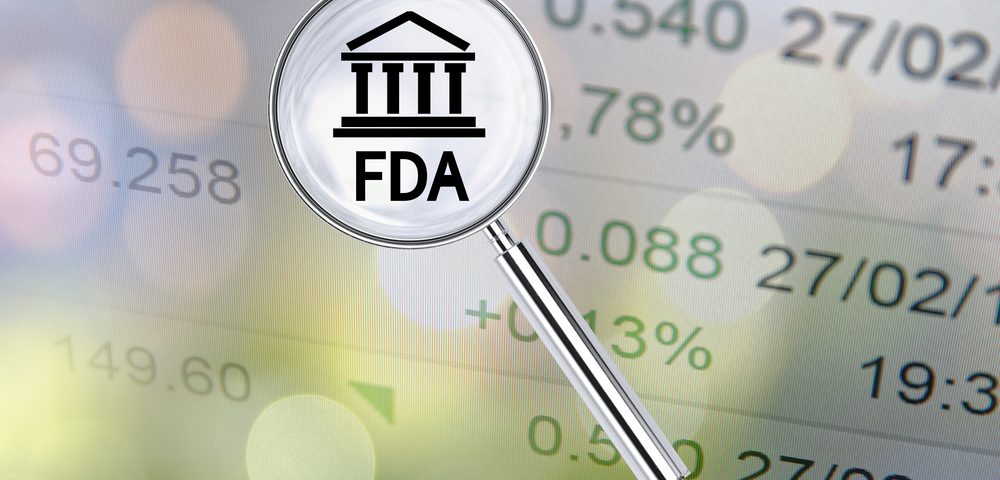To help minimize the threat of COVID-19 to themselves and others, healthy women at average risk should postpone breast cancer screening until later this year, Susan G. Komen recommends.
However, the nonprofit organization emphasized that those experiencing breast cancer warning signs should alert their healthcare providers to assess the need for diagnostic imaging.
Komen’s recommendation also aims to help free the healthcare system to assist individuals most in need of support. The coronavirus disease COVID-19 has been labeled a pandemic by the World Health Organization.
“As our healthcare system across the country begins to feel the strain from dealing with COVID-19, we all share a responsibility to help stem the spread and to support our healthcare providers as they focus on those most in need of care,” George Sledge Jr., MD, chief of the division of oncology in the department of medicine at Stanford University, said in a press release.
“Now is the time for doctors to delay routine screenings for healthy people who are not displaying warning signs of breast cancer,” he said. “This also means it is critically important for people to know what is normal for them, and to report to their healthcare provider any changes so that necessary care can be provided.”
Due to the regular use of mammography screening, most breast cancers in the U.S. are found at an early stage, before warning signs appear. However, some breast cancers are discovered after after warning signs are noticed. Although such signs are not the same for all women, the most common are changes to the breast or nipple’s look or feel.
Warning signs include a lump, hard knot or thickening inside a breast or under an arm; a breast that is swollen, warm, reddish or darkened; any change in breast size or shape; dimpled or puckered skin; a nipple that is itchy, scaly, or sore, or has a rash; a pulling in of the nipple or other breast area; sudden nipple discharge; and new pain in one spot that does not go away.
In most cases, these changes are benign. Breast pain is more common with non-cancerous breast conditions than with malignancies, but the only way to know for sure is to see a medical professional. If breast cancer is discovered, it’s best at an early stage when survival chances are highest.
Many women may find that their breasts feel lumpy. In most cases, this is nothing to worry about. But lumps that feel harder or different from the rest of the breast or the other breast should be checked out, especially if the change is sudden, according to Komen. This type of lumpiness may be a sign of breast cancer or the presence of a cyst or fibroadenoma.
In addition, if a lump turned out benign in the past, it shouldn’t be assumed that a new lump will also be non-cancerous.
As for nipple discharge, while leaking liquid can be troubling, it’s rarely a sign of breast cancer. In fact, it can be a body’s natural reaction when the nipple is squeezed. However, signs of a more serious condition include discharge that occurs without squeezing the nipple, occurs in one breast, or is bloody or clear. Discharge can also be caused by an infection or other condition that needs treatment.
The American Cancer Society estimates that some 276,480 new cases of invasive breast cancer will be diagnosed in women this year.

